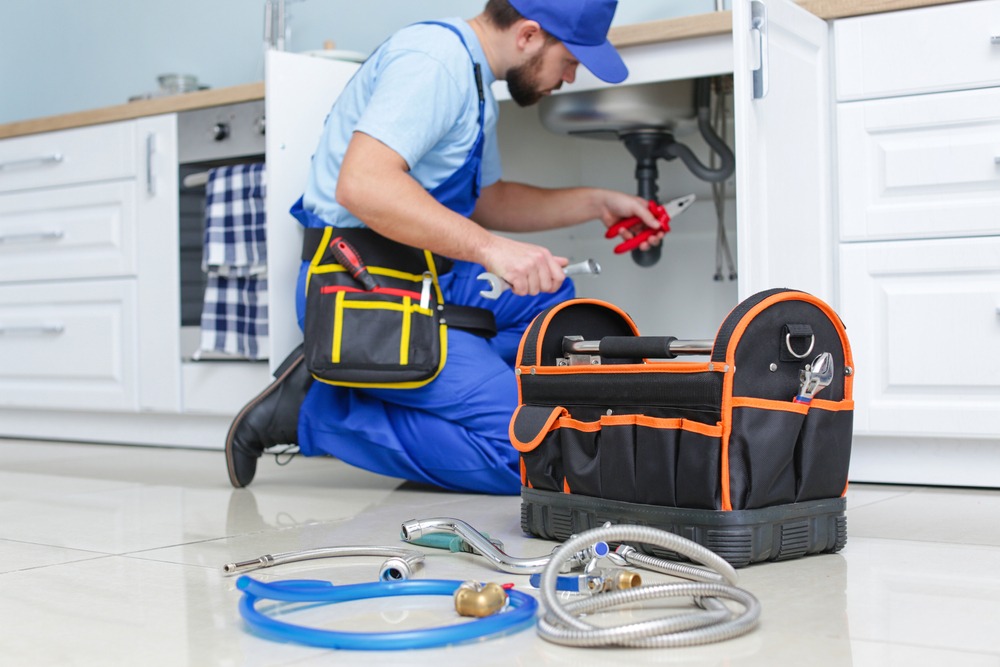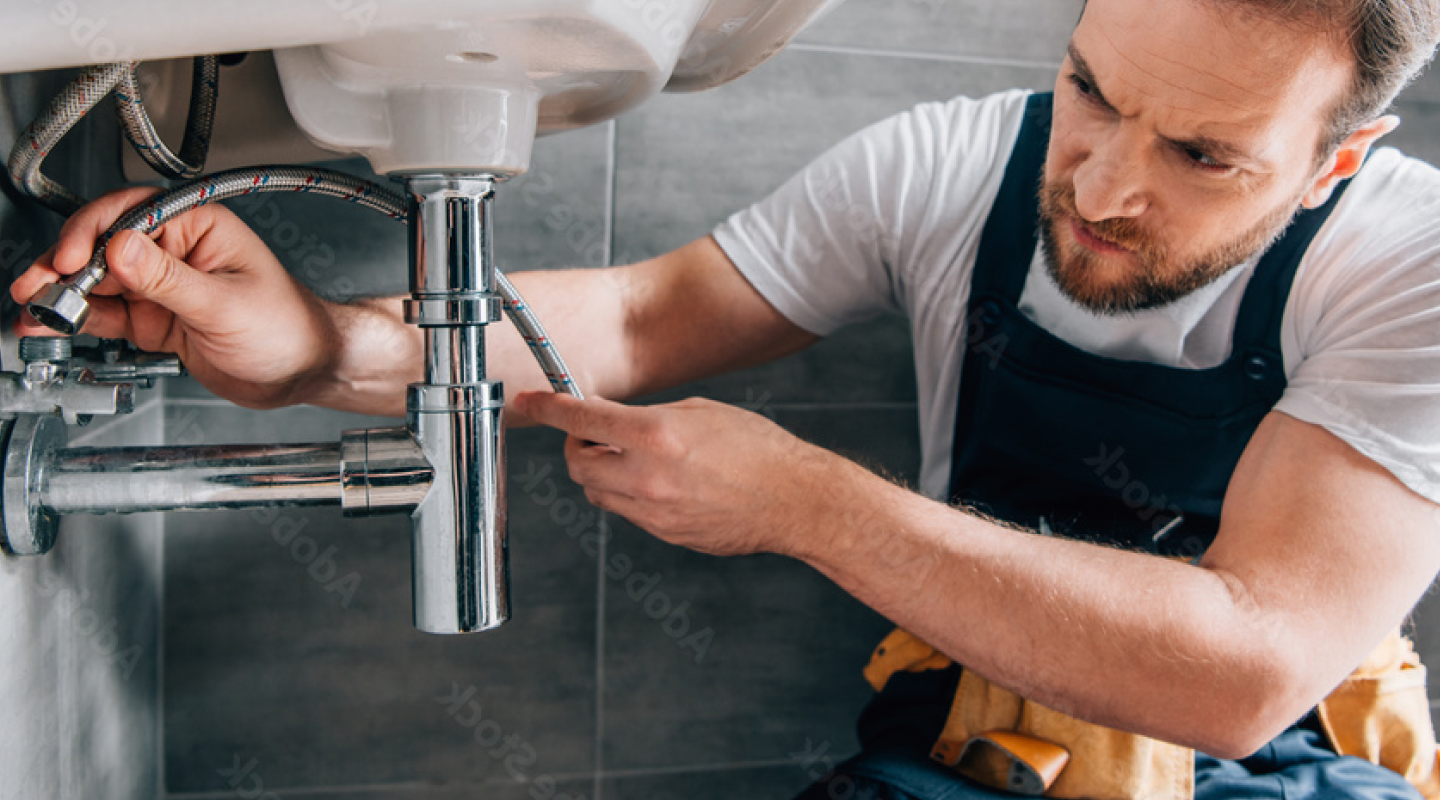Quality Water Heater Installation Alabaster AL for Optimal Convenience
Quality Water Heater Installation Alabaster AL for Optimal Convenience
Blog Article
A Detailed Overview to Reliable Water Heating Unit Setup for Ideal Performance
Embarking on the job of installing a water heating unit is an endeavor that demands precision and an organized method for attaining optimal performance. As you continue, the intricacies of attaching water supply lines and establishing up reputable electric or gas links await, appealing understandings into guaranteeing performance and integrity.
Choosing the Right Water Heating Unit

Following, take into consideration the size and capability of the hot water heater. It's important to analyze your home's warm water demands, which can differ based on the number of passengers and their use patterns. A device that's too small may cause not enough hot water, while an oversized model may lead to unneeded power intake.
Efficiency ratings likewise play an essential duty in option. Seek hot water heater with high Energy Element (EF) rankings, showing superior performance and reduced energy use. Tankless versions, though generally much more costly upfront, offer substantial energy savings in time because of their on-demand heating capabilities.
Preparing the Installation Location
Prior to setting up a new water heater, careful preparation of the installment area is essential. It's critical to determine the room very carefully to suit the water heating unit's measurements, making sure adequate clearance around the system for efficient operation and servicing.
Following, get rid of any debris, dirt, or blockages from the website to create a clean atmosphere. Inspect the flooring for security, as the water heater will require a strong, level surface area to run properly. If required, set up a drip pan underneath the unit to capture prospective leaks or spills, protecting against water damage to the surrounding area. In regions prone to seismic activity, consider mounting seismic straps to safeguard the heater firmly in position.
Additionally, make sure that all required tools and products get on hand prior to beginning the installation. This includes products such as wrenches, screwdrivers, a level, and any kind of additional equipment needed for securing the heater and placing. A well-prepared installment area establishes the foundation for a successful water heater setup, maximizing performance and safety.
Connecting Water System Lines
When connecting water lines to your newly set up hot water heater, it is vital to ensure that all connections are secure and leak-free to maintain effective operation and stop water damages. Begin by recognizing the hot and cool water system lines. The chilly water inlet is normally marked with a blue label or a "C", while the warm water electrical outlet is marked with a red tag or an "H".
Usage flexible water heating system adapters to promote a much easier installment procedure. These ports can absorb vibration and permit mild motion, reducing the threat of leakages. Before attaching the adapters, place a plumber's tape around the threaded ends of the hot water heater's inlet and outlet pipes - Plumber Alabaster AL. This tape acts as a sealer, preventing leaks. Carefully link you could look here the versatile hoses to the particular inlet and electrical outlet, making sure that they are not over-tightened however limited, which might harm the strings.
When links remain in area, slowly switch on the primary water valve. Examine each link for leakages by visually checking and feeling for moisture. Tighten links as needed, and guarantee the pressure relief valve is appropriately set up, protecting against too much stress build-up.
Establishing Electrical or Gas Connections
Appropriately establishing up the electric or gas links for your water heating unit is an important step to make certain reliable and safe procedure. For electrical water heaters, begin by confirming that the electrical circuit is compatible with the heater's voltage and amperage requirements.
For gas water heaters, security is critical. Confirm that the gas supply is off prior to continuing. Link the gas line to the water heater using an adaptable gas adapter, ensuring it is appropriately threaded and sealed with pipeline joint compound or Teflon tape ideal for gas links. Tighten the links with a wrench, making sure not to over-tighten (Water Heater installation Alabaster AL).
Once links are made, evaluate for any kind of possible leakages. For gas lines, use a soapy water solution to the joints; bubbles indicate a leakage. For electric links, verify that all electrical wiring is safe and effectively insulated, preserving compliance with regional electrical codes.
Readjusting and evaluating for Efficiency
With the electric and gas links safely in place, the next step is examining the functional effectiveness of your water heating unit. Begin by carefully turning on the water supply and making sure there are no leaks at any of the valves or joints.
Following, execute an extensive inspection to ensure the heating components or gas heaters are working special info correctly. For electrical heating systems, make use of a multimeter to verify if the components are drawing the appropriate current. In gas versions, observe the heater fire; it should be blue and consistent, indicating official site effective combustion.
Adjust the setups as needed to eliminate inefficiencies. Think about applying insulation actions, such as adding a hot water heater blanket, to even more improve efficiency by decreasing warmth loss. In addition, examine the anode pole's problem, as a scrubby rod can lower effectiveness and result in storage tank corrosion.
Final Thought
Effective water heating system installation is vital for ensuring optimal performance and energy savings. Securely attaching water supply lines and meticulously establishing up electrical or gas connections minimize prospective concerns.

Appropriately setting up the electrical or gas connections for your water heating system is a vital action to guarantee reliable and safe procedure. For electric water heating units, begin by verifying that the electrical circuit is suitable with the heating system's voltage and amperage demands. Attach the gas line to the water heating system utilizing a versatile gas port, guaranteeing it is properly threaded and secured with pipeline joint compound or Teflon tape appropriate for gas links.
Report this page